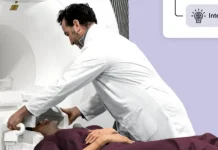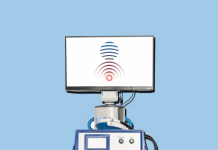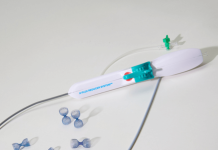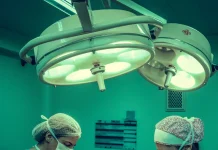Medical-device maker Stryker agreed to acquire Inari Medical, which makes devices that treat patients with venous diseases, in an all-cash deal worth $4.9 billion.
The deal for Inari bolsters Stryker’s efforts to build out its offerings to treat a condition called venous thromboembolism, where a blood clot forms in a vein, and other vascular diseases. Under the terms of the deal, which was first reported by Reuters earlier on Monday, Stryker will pay $80 per share for Inari.
“The acquisition of Inari expands Stryker’s portfolio to provide life-saving solutions to patients who suffer from peripheral vascular diseases,” said Stryker CEO Kevin Lobo. “These innovations elevate the standard of care for venous thromboembolism patients and will accelerate Stryker’s impact in endovascular procedures.”
Inari had been working with advisers to explore a sale in recent weeks after fielding acquisition interest from Stryker and other parties, according to people familiar with the matter. The deal, which has been approved by the boards of both companies, is expected to close by the end of the first quarter of 2025.
Inari’s shares surged more than 30% on the news during regular trading hours, and jumped a further 21% in extended trading. Before Monday’s gains, the company’s shares, which have been trading in New York since 2020, had lost roughly 21% of their value over the past 12 months, outperforming a bigger decline in the S&P 500 Health Care Equipment index.
The transaction comes amid a surge in demand for medical implant devices, as more people in the United States, particularly older adults, increasingly opt for surgical treatments that were previously deferred during the COVID-19 pandemic, leading to a boost in procedure volume.
Irvine, California-based Inari, which was founded in 2013, is a maker of devices and systems that treat patients suffering from a variety of blood clot conditions including pulmonary embolism, deep vein thrombosis and in-stent thrombosis, which occurs when blood clots form in the devices used to prop open coronary arteries that have been cleared of blockages.






